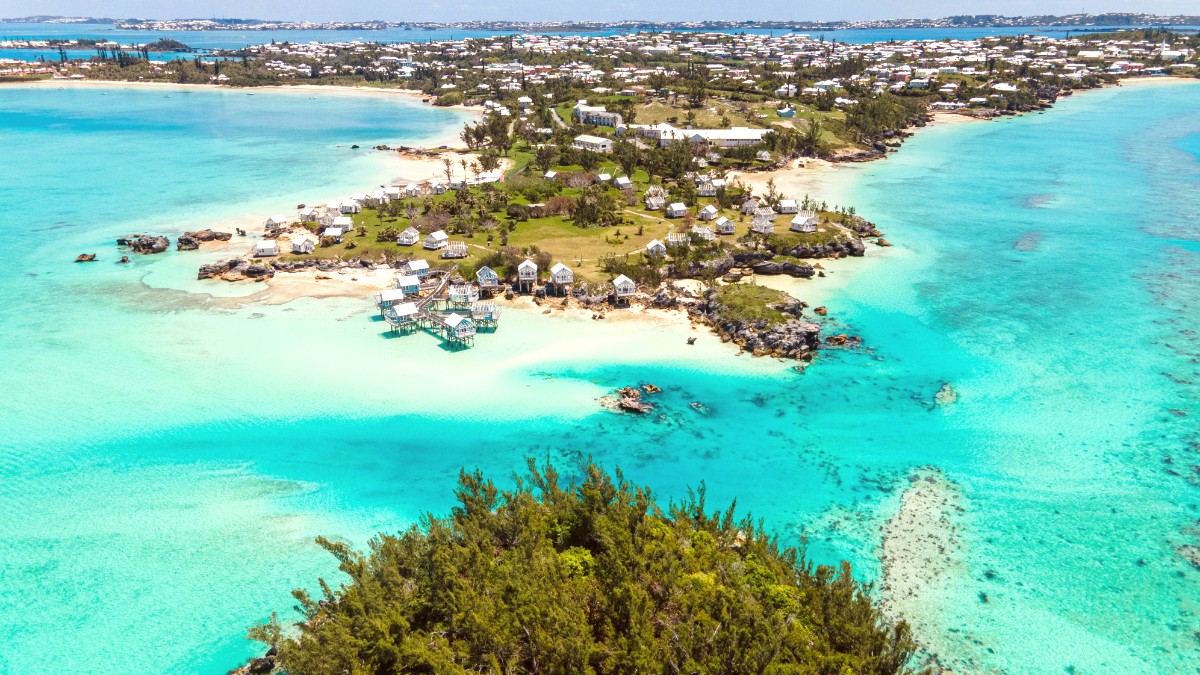
Northern Madagascar, Madagascar
Malagasy cuisine blends Southeast Asian, African, French, and Arab influences. Rice is the staple, served with various accompaniments.
Nosy Be, an island, places a strong emphasis on fresh seafood. Coconut milk often features in dishes.
Rice is the staple, served with "laoka" (side dish). Proteins include zebu, chicken, pork, and a wide variety of fresh fish and seafood.
Manioc, sweet potatoes, leafy greens, and various squashes. Spices include ginger, garlic, onions, vanilla, coconut milk, turmeric, and green chilis.
Seasonal fruits like mangoes, lychees, pineapples, bananas, coconuts, and passion fruit are widely available.
Pork with pounded cassava leaves, often cooked with coconut milk. A rich, earthy stew.
Find it in local hotely and some Malagasy restaurants.
The national dish. A clear broth stew with zebu, chicken, or pork, and leafy greens. Flavorful and aromatic.
Widely available across the island.
Grilled fish, prawns, lobster, crab – often caught locally and prepared simply with garlic, butter, or coconut sauce.
Available at most restaurants in Ambatoloaka.
Madagascar's popular local beer. Fresh fruit juices are also widely available.
Rum infused with local fruits, spices, or vanilla. Many restaurants and bars prepare their own.
Limited, but some upscale resorts offer gourmet dining experiences with international and refined Malagasy cuisine.
Abundant in Ambatoloaka and Hell-Ville. They offer a mix of Malagasy, French, and Italian cuisine, often specializing in seafood.
Small, informal local restaurants ("Hotely") serving traditional Malagasy food at very low prices. Street food stalls are also plentiful.
Hell-Ville's central market includes fresh produce, spices, and some prepared foods. It is ideal for local ingredients.
A good spot for unique culinary finds.
Predominantly French and Italian restaurants are common due to European tourist presence. Some places offer pizzas, pasta, and international grills.
Variety is available in tourist areas.
Possible but challenging. Specify "sans viande" or "sans poisson."
Very limited. Confirmation with establishments is best.
Awareness is low. Travelers with severe allergies should use caution. Rice is naturally gluten-free.
Self-catering from local markets can be the safest option for strict diets.
Often organized by hotels or tour operators as part of an island hopping tour. Enjoy fresh grilled seafood.
A popular and relaxing way to dine.
Enjoy the catch of the day straight from local fishermen. Many restaurants source their seafood directly.
Ensures the freshest possible meal.
During specific festivals, special dishes may be prepared, often involving zebu or celebratory cakes.
Tipping is appreciated. Around 5-10% of the bill is common for good restaurant service.
A popular beachfront restaurant known for its fresh seafood and beautiful sunset views.
A local favorite for its authentic Malagasy dishes, including Romazava and Ravitoto.
Offers a mix of Italian and international dishes in a relaxed setting, known for good pasta and cocktails.
Offers multiple restaurants with diverse cuisines, from Italian to local Malagasy, within a luxury setting.
Ideal for guests seeking comprehensive dining options.
A high-end option with a focus on fresh, local ingredients and refined dishes. Reservations are often required for non-guests.
Known for its serene atmosphere and quality cuisine.
French is widely spoken in restaurants.
Cash (Malagasy Ariary) is often preferred, especially at smaller establishments and street food stalls. Some larger restaurants and resorts accept credit cards.
Communicate any dietary restrictions clearly and repeatedly, as allergen awareness may not be as high as in other regions.
Nosy Be offers varied dining. Consider these points: